|
So now you know the looks you like but you can't avoid the technical side which will undoubtedly narrow down or pinpoint your stone choice. Follow our advice here... How do you like your stone? As well as the many types and uses for stone you also have to decide which style to have and know the following disclaimers… Tumbled V’s Architectural Tumbled stone is nearly always matt for a more natural look but is also tumbled or aged on the edges so that there are no sharp sides or corners. This style usually suits rustic, pretty or exotic looking spaces. Think country cottage or romantic roman baths. Most often, tumbled materials are limestones and marbles for floors and walls Architectural stone is the opposite and has straight 90 degree corners and a perfectly smooth surface, often polished. This style of tile works best in sleeker, contemporary homes in granites, limestones, slates and marbles on floors, walls and for work surfaces. Polished V’s Honed Polished is again better suited to city or modern dwellings and can be had in all of the materials we’ve looked at including the Quartzites and Terrazzos. Again, be very careful if you’re considering polished for your floors. Honed stone is suited to all properties that require a subtler and calmer vibe and for people who prefer a more naturalistic look. Smooth or pitted, the feel of stone on your hands and feet (especially when heated) is sensual and grounding for the user creating more relaxed interior spaces. Your tiler will know to use a special stone adhesive but he’ll want to know what grout colours you want. Don’t be stumped, here’s what we recommend. Always go for the closest colour match to the stone or light grey for creams and browns and mid to dark grey for slates, marbles and granites. Also insure that the installer seals the stone, especially if it’s unpolished. This means a thin coat of stone sealant or wax being applied to protect the surface. This barrier does wear away after time so when your stone shows signs of aging, usually after 5+ years, you should clean and re-coat the tiles to keep them looking new forever. The Small Print
Finally, care and cleaning for your newly installed stone will mean that you can no longer use harsh products such as Cif and bleach. These will destroy the stone over time. Instead opt for cleaners made specifically for stone or go to your nearest health food store and buy gentle, natural cleaners and sanitising sprays. Next, invest in some good quality chopping boards as you’ll cause irreparable damage to the great swathes of beautiful stone you’ve just bought . Wooden boards are great as they have inherent antibacterial properties and is a natural contrast to the stone or grab a matching, smaller slab of the stone worktop and it will sit camouflaged on the worksurface for you to cut away on. A note on sustainability: I believe that it’s important to ask about a stone’s origins. Natural is great but it’s appeal is tarnished if it’s a rarer stone that’s been depleted over time or if it’s air miles are alarmingly high, for example a lot of stone comes from China and South America. Where possible opt for British or at least European. In conclusion, where your budget permits go for the real thing. There’s something for everyone you’re eschewing plastic and bringing the outside in which is always a winner in my opinion.
2 Comments
Stone for your Home – What to chose and where to use it If like me, you love the feel of natural materials and want to introduce some luxury into your interiors you would probably like to install some stone in your home. You may have a redundant fireplace you want to re-instate, a bathroom that needs some glamour or want beautiful worktops for your kitchen, but where to start? Let’s start with where you can use stone Floors Lay a stone floor and you lay a floor for life. Tougher than wood, easy to clean and it can be heated from beneath. Stone floors feel wonderful underfoot and beats its plastic imitations hands down with natural, undulating colours and patterns that cannot be matched. Domestic stone flooring comes in tile form from 1 x 1cm mosaic to a whopping 100 x 100cm tile and everything in between. As a general rule for a slick look use larger scale tiles, closer together to avoid having many joins and for a more casual or rustic look smaller from 5x5cm to 30x30cm tiles work well as they come with more grout lines and pattern options. Things to watch: Avoid high heels and dragging furniture around. Also, unless you and other users are completely aware of the danger in having a polished floor in wet areas DON’T DO IT. As Bon Jovi said “Slippery When Wet” Walls The recent trend to have bare stone or brick has seen a resurgence of stone clad walls in the home. This might be a hotel style shower lined in limestone, a rough slate coated feature wall or a marble backsplash in the kitchen. Slabs (larger scale pieces) are generally used for walls but mosaic or 10x10cm tumbled (softer looking edges) tiles look expensive and can offer a neutral palette to jump start your décor from. Things to watch: Vertical plane stone, especially textured, can gather limescale and be trickier to clean but if you love the look, cleaning lightly and often is the way to keep your walls looking good. Worktops Marble, is so sought after for worktops at the moment from edgy East London family homes to high-end apartments. The most popular, grey and white stone is called Bianca Carrara just so you know. However there are other beautiful surfaces if you're wanting something a little different. Grey and brown coloured limestones and granites are favourites of mine with their soft grey into taupe hues. Match these to off-white or mid colours to achieve the anti-dote to a harsh, shiny, footballer’s pad. Things to watch: All worktops can get damaged by cutting, chemical cleaners and acidic food and drink. Granite is usually the toughest, whilst marble can get marked by everything from lemon juice to red wine. Again, if you love the look you can buy specialist stone cleaner in all larger supermarkets these days and for goodness sake always use a chopping board as stone can get scored. Wet Areas In bathrooms and especially in Wet Rooms, stone can look stunning on the walls and floor, but you do need to consider the slip-rating of stone. An ideal R-rating (short for Ramp Test) of 10-12 is best for a domestic bathroom, this can be achieved by either adding an anti-slip product or going for smaller tiles. However products like Lithofin’s ‘Anti-Slip’ can only make a smooth stone slip-resistant and the company do not offer a R-rating for this. The alternative is to have a matt (honed) stone or better still a matt stone in smaller tiles with lots of grippy grout lines. Things to watch: See above, a gorgeous looking spa experience in your home and whilst you’re at it, get yourself a gorgeous stone sink too. Stone – What’s your type? You probably have a good idea of the stone you like already having seen it in mags and on Pinterest, but what do you know about it and is it the best option for you. Let me take you through the main contendors. Limestone A hard-wearing granular composition which comes in colours from yellow to chocolate brown. It can have a smooth or characterful pitted appearance and often comes with bonus fossils. Marble A smoother stone with distinctive veining throughout. Comes in a fascinating array of colours from whites and greys to blues and reds. The most expensive marbles are the ones that have very little variation and veining but I say bring on the character an save yourself some money too Granite The hardest wearing natural worktop, formed of larger pieces bound together under the Earths natural compression and heat. It’s mostly seen in it’s shinier, polished form but look out for the softer unpolished versions too Slate Formed of layers in the earth compressed to a hard blue, purple, green, grey or black surface. I love slightly textured slate for floors and smooth for worktops which when treated has a lovely eggshell type sheen Terrazzo Man-handled material No1. Terrazzo has been around since Roman times and, as with marble, is having a resurgence since its last heyday in the 50s and 60s (think classic Italian cafes). Made from chips of stone and/or glass, embedded in cement or resin and polished, your surfaces can be made in any colour and will be as hard as nails. Again, see how well those old, Italian café floors are holding up Quartzite Man-handled material No2. Crushed stone particles are bound together in resin to form a stone-like slab which feels just like the real thing. The added bonus is that the colouring and patterning are more consistent and you can (sensibly) cut and pour any food and drink onto it making it the toughest worktop here. It comes in huge array of colours too. Also, recent versions with marble style veining are becoming increasingly popular and convincing so it’s a good alternative to the more porous, Bianca carrara. |
AuthorOne of London's Best Interiors Bloggers (Ideal Home magazine), The Open Plan Interior Design, London produces contemporary interiors for homes and business' and this very useful home interiors blog Archives
July 2023
Categories
All
|

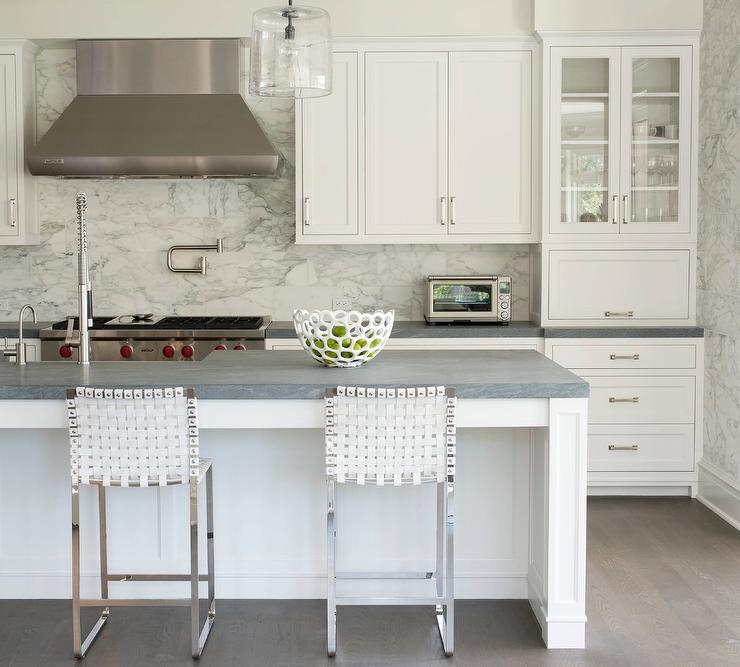
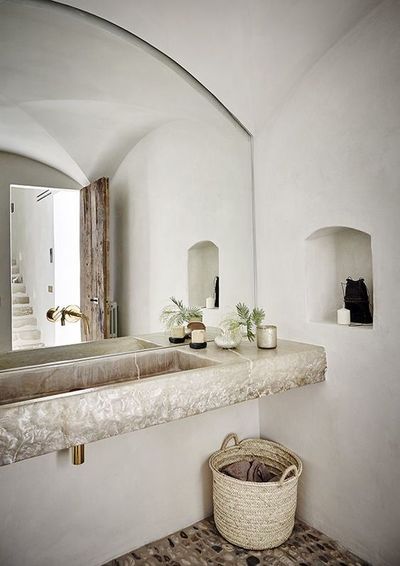
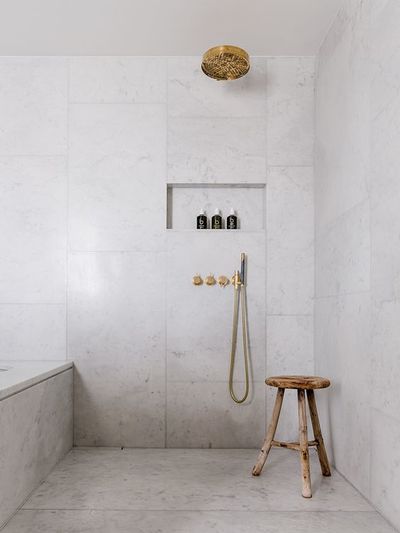
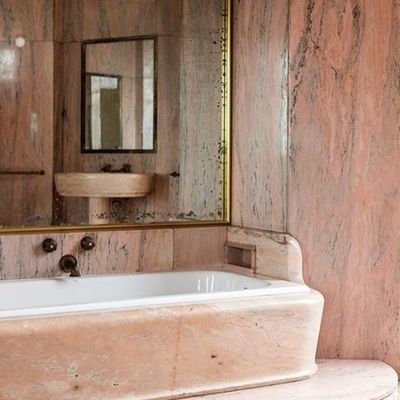
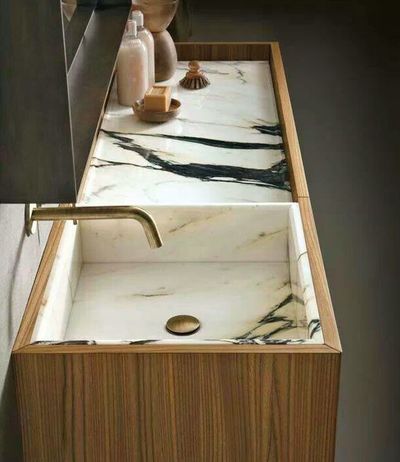
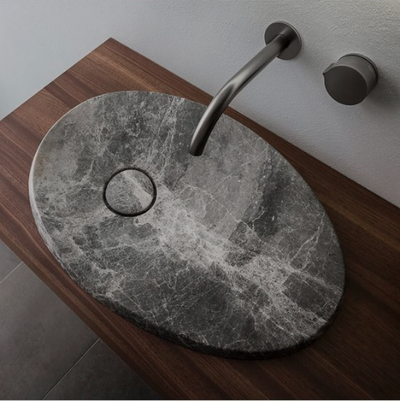
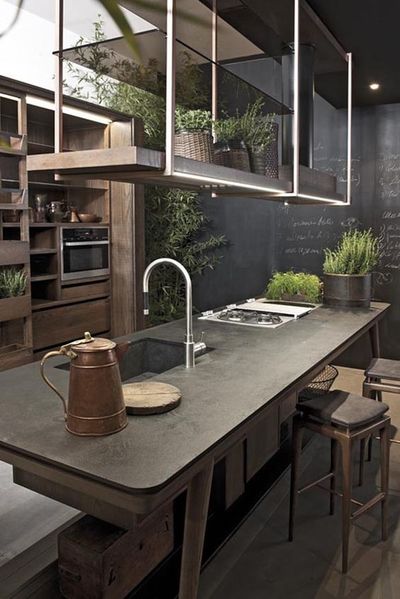
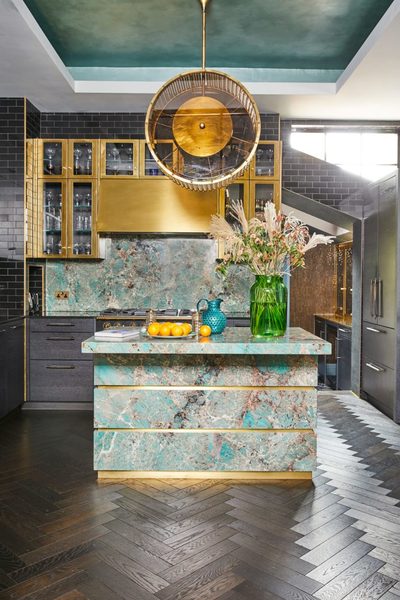
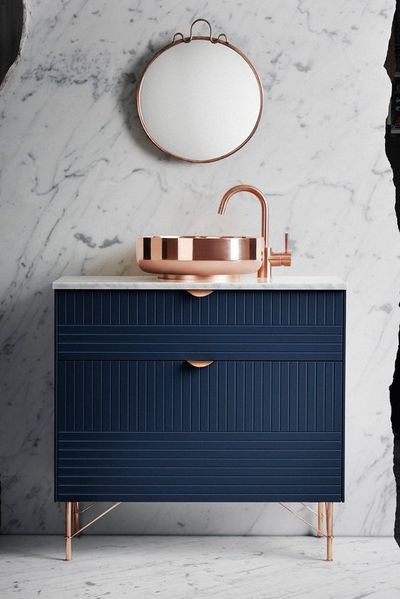
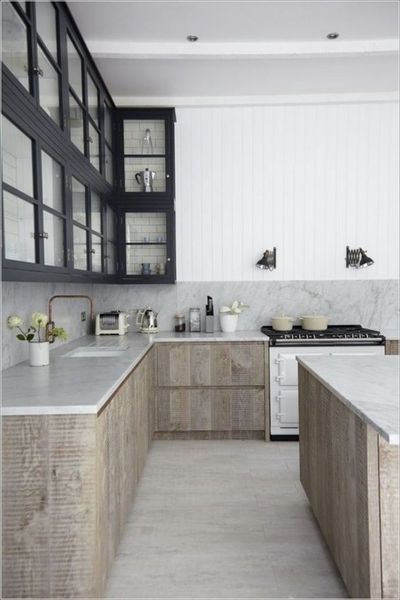
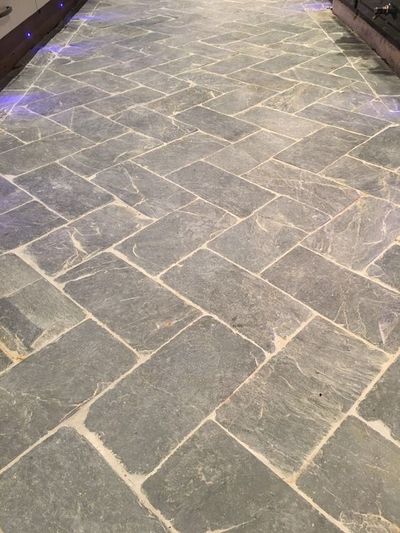
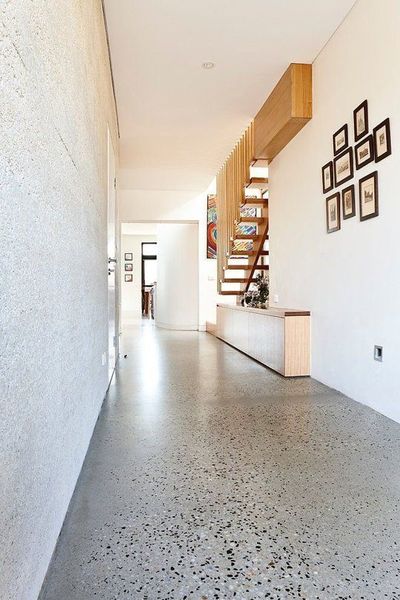
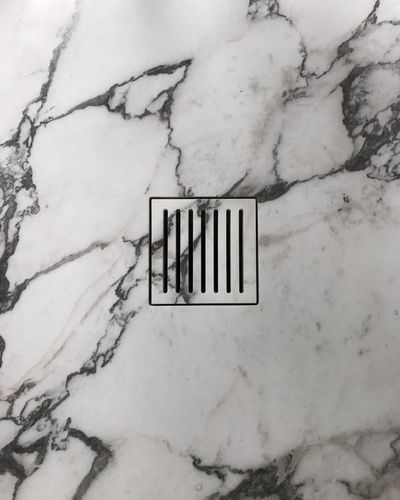
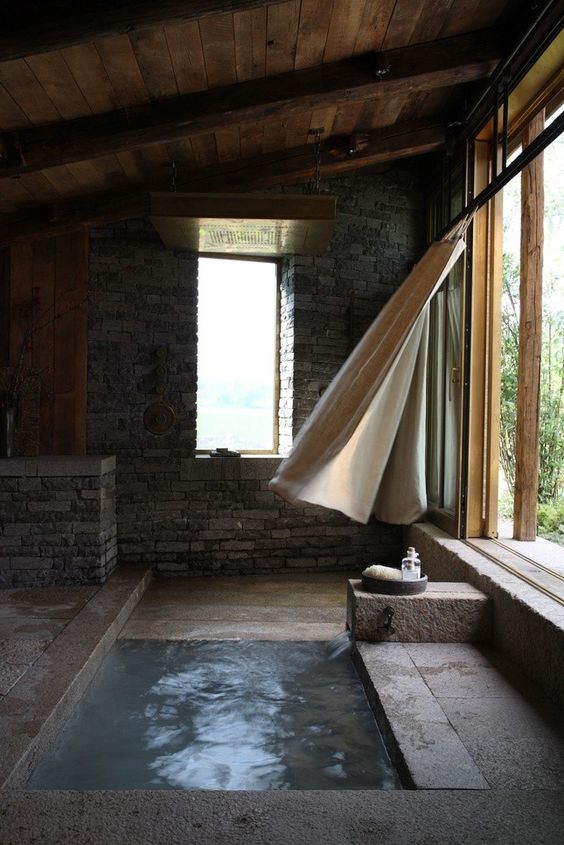
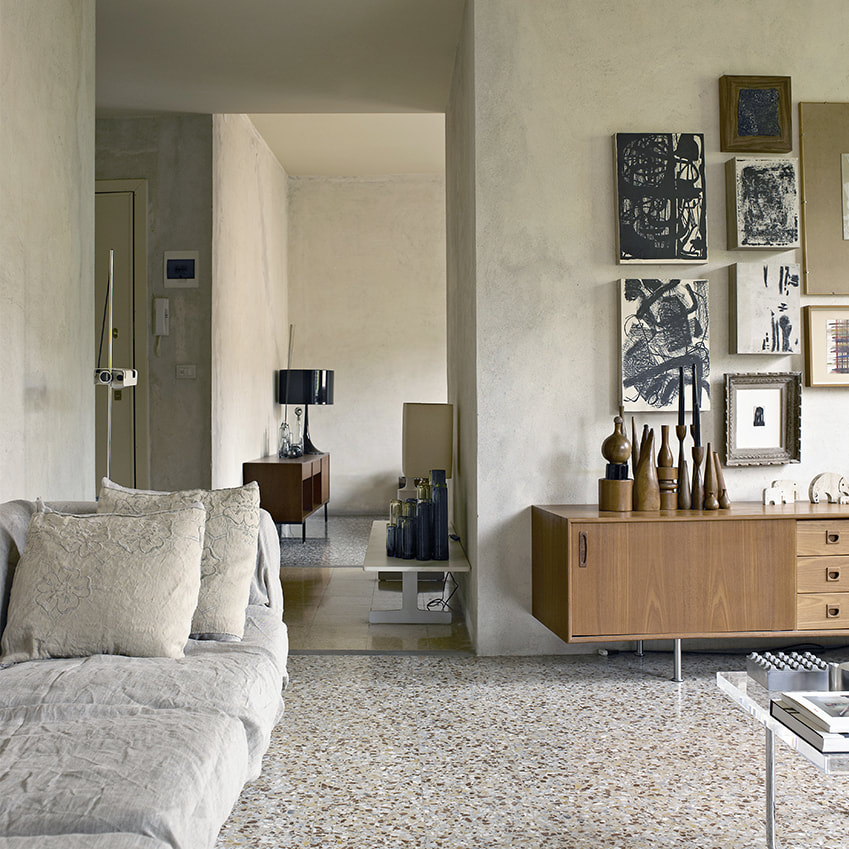
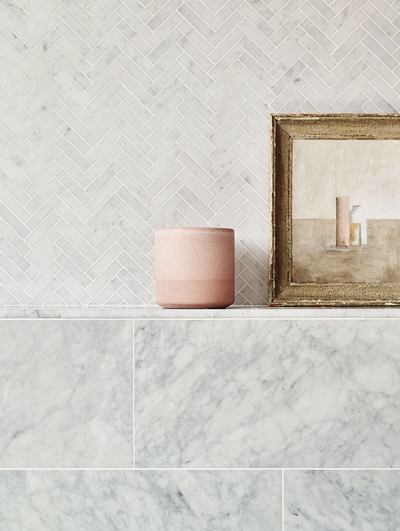
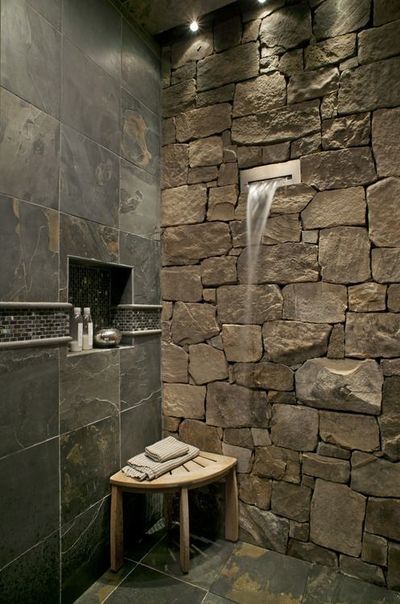
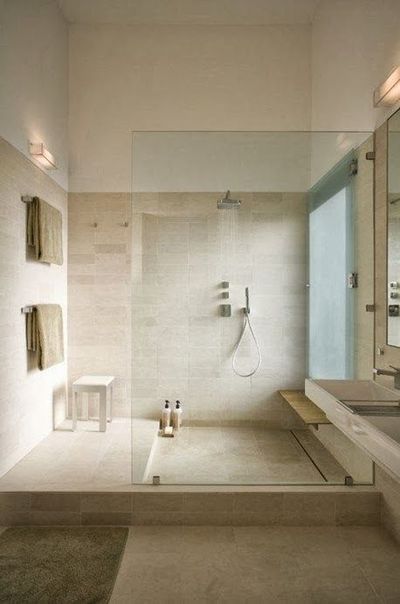
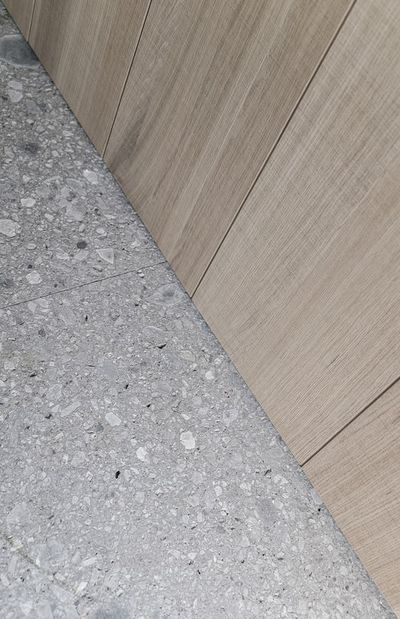
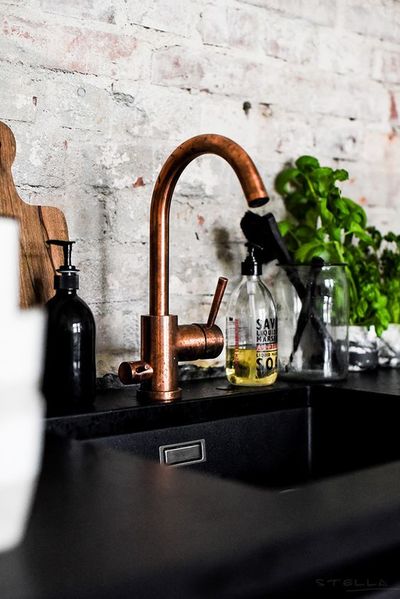
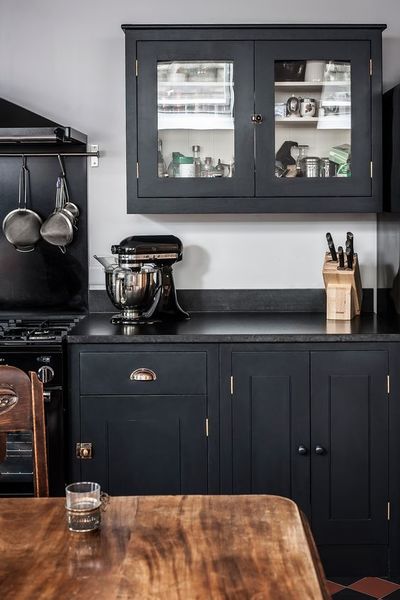
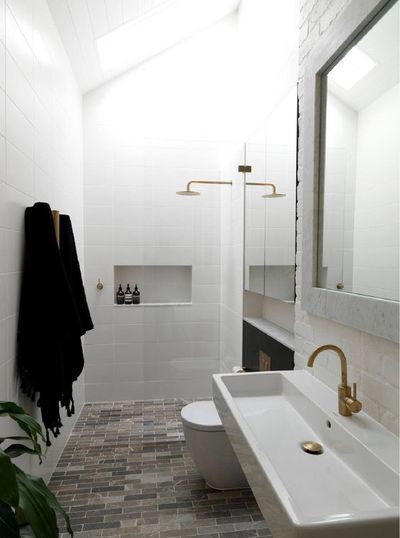
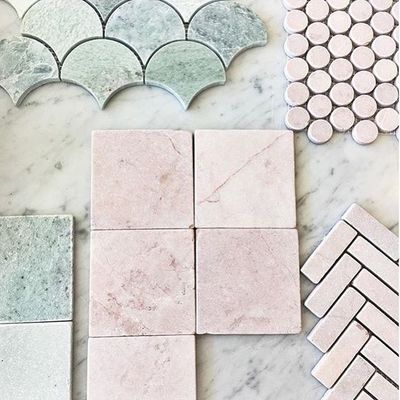
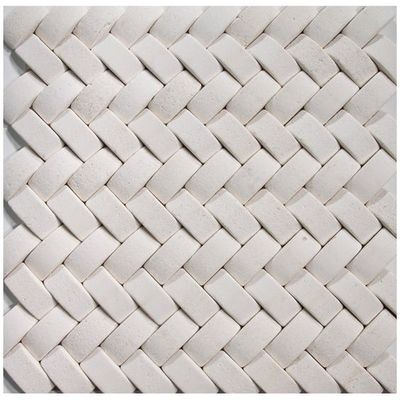

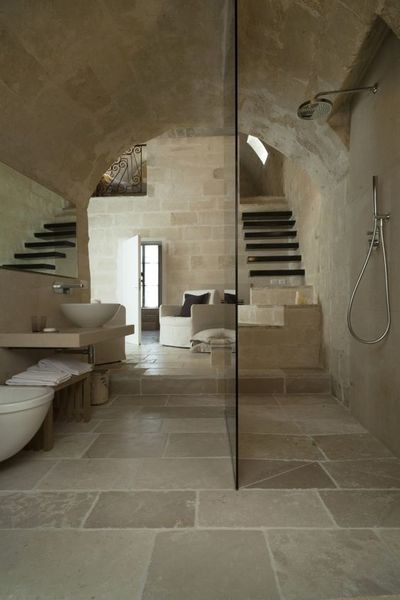
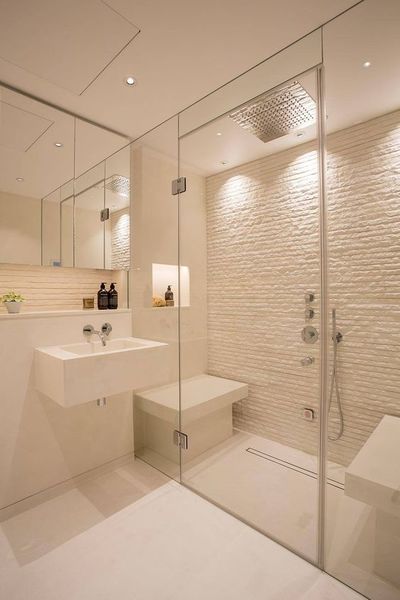
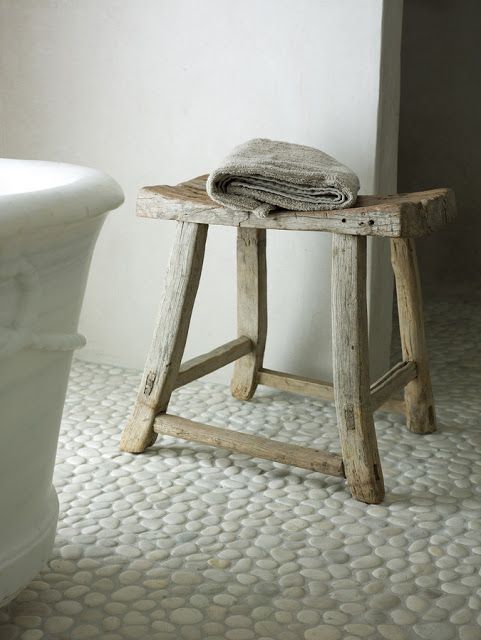
 RSS Feed
RSS Feed